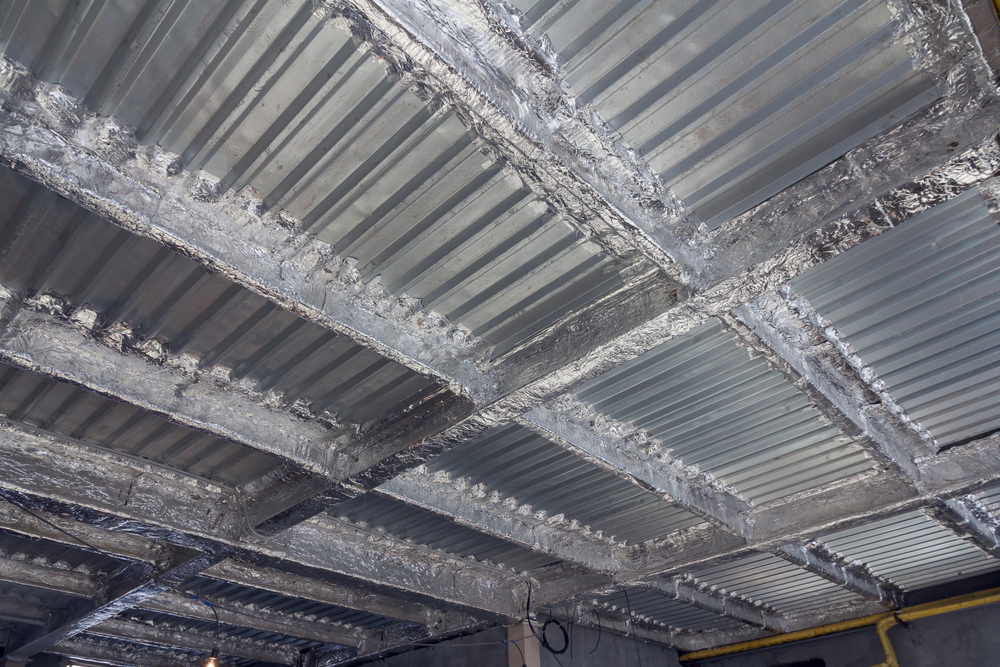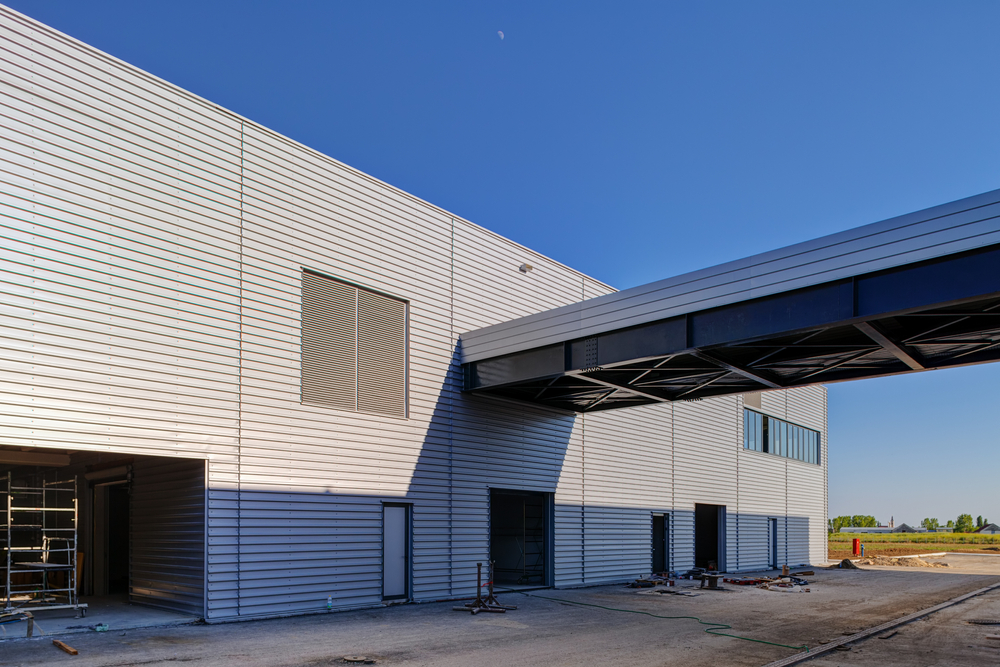Metal buildings are very popular with people who wish to make large storage areas or warehouses. They are a good choice as they are very strong and can be kept in good condition. They can be kept in good condition both with and without insulation.
This blog will look at how insulation can help a metal building stay the way it is for longer.
Why Should You Insulate?
Learn how to insulate a metal building to protect it from typical concerns such as dampness and rust. When moist air comes into contact with a colder surface, the moisture reaches its dew point and condenses, resulting in condensation. Moisture can wreak havoc on a variety of structural materials, most notably metal and wood. When metal is exposed to excessive standing water, it rusts, and wood rots or develops mildew.
By maintaining a more consistent internal temperature, insulation helps prevent condensation build-up. This not only protects but also increases the life of your steel structure.
Insulating a Steel Building

There are numerous forms of steel shed insulation available, from easy DIY to more expensive but effective professional installations. These materials all help prevent condensation, but some perform better than others. Here are some ideas for insulating steel sheds.
Radiant Barrier Insulation
Radiant barrier insulation is commonly used in attics to reduce summer heat, but it works well year-round. It’s made of a heat-reflecting substance. This sort of insulation is ideal for metal buildings since it is cost-effective, durable, and easy to remove. This insulation is required for converting a storage facility into a man cave or a woman’s retreat.
Installing radiant barrier insulation takes effort and expertise if you are a newbie. Assemble the primary steel frame before proceeding. Begin by measuring the steel panel’s area and cutting the radiant insulation to fit. Then tape the insulation and screw on the outer steel panel to finish the wall. This is a two-person job that requires the correct conditions (no rain or wind).
Budget: Foam Boards
If you currently own a steel building, you can retrofit it with foam boards. This is a cheap option. Because most steel sheds have paneled interior walls, foam boards may be easily cut to fit snugly inside. This is a simple DIY project that anyone can perform, so don’t hesitate to give it a shot.
Calculate how many foam boards are needed to fill in the gaps between your shed’s interior panels by measuring their length and height. Then, buy the materials and cut them to size. Finally, tape the foam boards to the shed’s inner walls. This solution won’t provide the optimum insulation, but it will reduce condensation and reduce temperature swings.
Foam boards, one of the cheapest choices, are also the most prone to deformation. Replace any boards that start to peel or distort. Keeping an eye on this can keep your shed in peak shape.
Installing Fiberglass Sheets
Fiberglass is a popular house insulation material. However, as more contractors seek durable, eco-friendly materials, spray foam and radiant insulation have recently eclipsed it. In a pinch, you can always get rolled fiberglass at the hardware store.
Attach the material in strips to the interior of your shed. The shed’s individual panels and studs necessitate this space. This insulation is appropriate if it is the only option available and is temporary. Because it absorbs moisture, it is not recommended for long-term use.
Find Steel Buildings at Lion Barns
Regardless of your environment, an insulated shed has numerous advantages. Your metal shed or garage can become a comfortable location to keep belongings and relax by minimizing moisture and enhancing internal temperature stability. Lion Barns offers a large selection of high-quality steel outdoor storage facilities.

